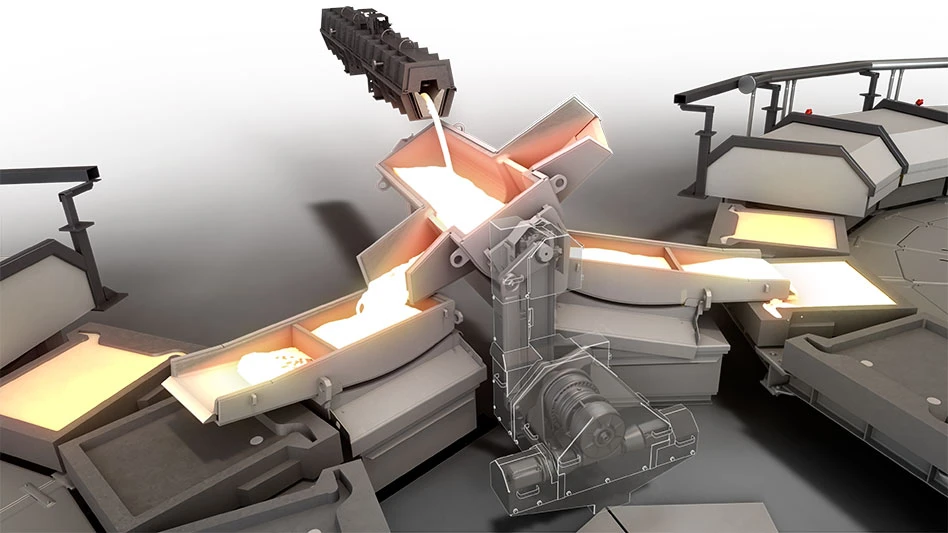
There are several variables that equate to successful information technology asset disposition (ITAD) operations. Successful ITAD management requires a stringent and well-defined process, says Mark Bentley, chief development officer of San Diego-based electronics company Total Technology Results.
Bentley, who has been an executive in the electronics industry for more than 20 years, says while working for one of the largest international providers, he became aware of many “key deficiencies” and areas that need improvement in the industry.
Bentley offers his best tips to manage a successful ITAD operation.
- Maintain corporate integrity. To understand the costs associated with data breaches, Bentley points to a 2018 data breach study sponsored by IBM and conducted by Ponemon Institute. The study concludes the average data breach in the U.S. could cost a company up to $8 million in investigation and audit services, legal fees, fines, disruption in business and revenue loss and more. On average, it takes companies 197 days to identify a data breach and 69 days to contain it, Bentley says. Globally, companies reported that the average size of a data breach was 24,615 stolen records. Companies based in the U.S. reported a higher average of 31,465 compromised records per breach.
In some cases, the ITAD process is handled by an outside company that is e-Stewards certified, Bentley says. “There are several certifications that help companies identify which ITAD service providers have taken the time to establish structured processes in accordance with local, state and federal laws,” he says. “Having this written down in a manual is important; however, the execution of written down procedures is something entirely different. At the end of the day, it comes down to the people following the process set in place.” When selecting an ITAD partner, “It is critical to do your homework,” Bentley says.
Follow a well-defined process. Several key areas that should be covered in the ITAD management process include traceability, software, logistics and verification. Keep a clear record of serial numbers on all devices, physical location, purchase and sale price and the staff managing the devices. The “entire custody chain will need to be recorded,” including the resale of the product, Bentley says.
In addition, multiple verification audits ensure data sanitization and certificates of data destruction are then issued. Bentley suggests using software and programs, including Blancco and Vertify, to conduct data destruction audit reports and assist in the ITAD process. He also says background checks on staff handling sensitive data should be enforced.
Have a remarketing strategy. Bentley says a remarketing strategy will help ease the financial burden of managing the ITAD process. Donation, wholesale and business to consumer are the primary channels in the marketplace for assets, he says, with business to consumer resulting in the “highest financial return.”
“It is critical to understand how an ITAD partner channels decommissioned IT assets,” Bentley says. “In some cases, it makes more sense to wholesale items out,” including hard drives and keyboards. Remarketing helps pay the costs of managing ITAD operations, he says.
WANT MORE?
Enter your email to receive our newsletters.
Latest from Recycling Today
- Fenix Parts acquires Assured Auto Parts
- PTR appoints new VP of independent hauler sales
- Updated: Grede to close Alabama foundry
- Leadpoint VP of recycling retires
- Study looks at potential impact of chemical recycling on global plastic pollution
- Foreign Pollution Fee Act addresses unfair trade practices of nonmarket economies
- GFL opens new MRF in Edmonton, Alberta
- MTM Critical Metals secures supply agreement with Dynamic Lifecycle Innovations






